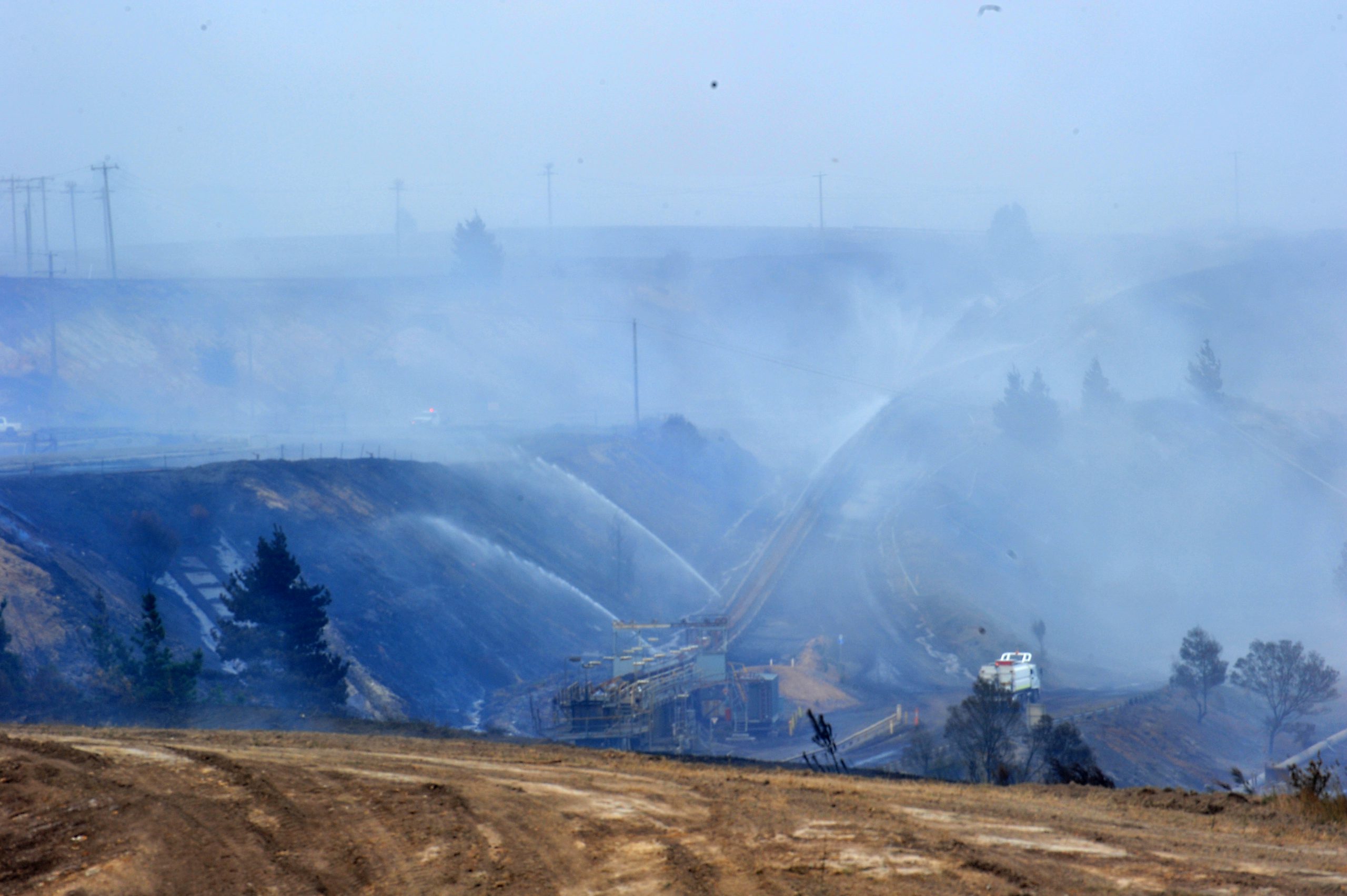Expert witnesses have agreed there was an increase in deaths during last year’s Hazelwood mine fire, but have challenged statistical modelling.
The six experts, with experience in biostatistics, epidemiology and public health, spoke to their joint submission at an additional hearing of the Hazelwood Mine Fire Inquiry in Melbourne on Thursday.
They did not agree with University of Queensland statistician Adrian Barnett’s view that there was a 99 per cent probability of an increase in deaths during the fire.
This view was included in Dr Barnett’s latest report, which also said the fire contributed to an additional 23 deaths in the Latrobe Valley.
The figure was larger than the 79 per cent to 89 per cent probability and 10 to 14 additional deaths in previous analyses.
Dr Barnett first presented his research to the Board of Inquiry in September.
The Registry Births Deaths and Marriages data was first gathered by mine fire advocacy group Voices of the Valley in the four postcodes surrounding the Hazelwood mine.
Dr Barnett said the increase in deaths occurred because the analysis used daily data whereas the previous analyses used monthly data.
“The monthly data was a crude estimate of exposure… moving from monthly to daily data
reduces measure for error,” he said.
However, new witness McCloud Consulting Group director and principal statistician Dr Phillip McCloud said the increased number of deaths was within the boundaries of random
variation.
Dr McCloud said in fields such as medical science, clinical trials, public health and time series of death statistics, the task of understanding causality was “clouded” because of random variation.
“It is well understood that unexpected peaks or troughs in time series of data are often the result of random variation,” he said.
He also critiqued the absence of direct evidence such as death certificates that report death was caused by smoke, carbon monoxide or other pollutants emanating from the mine fire in Dr Barnett’s analysis.
“In my opinion the numbers alone are not adequate to justify a conclusion that the pollution from the mine fire caused the increase in deaths compared to previous years,” Mr McCloud said.











